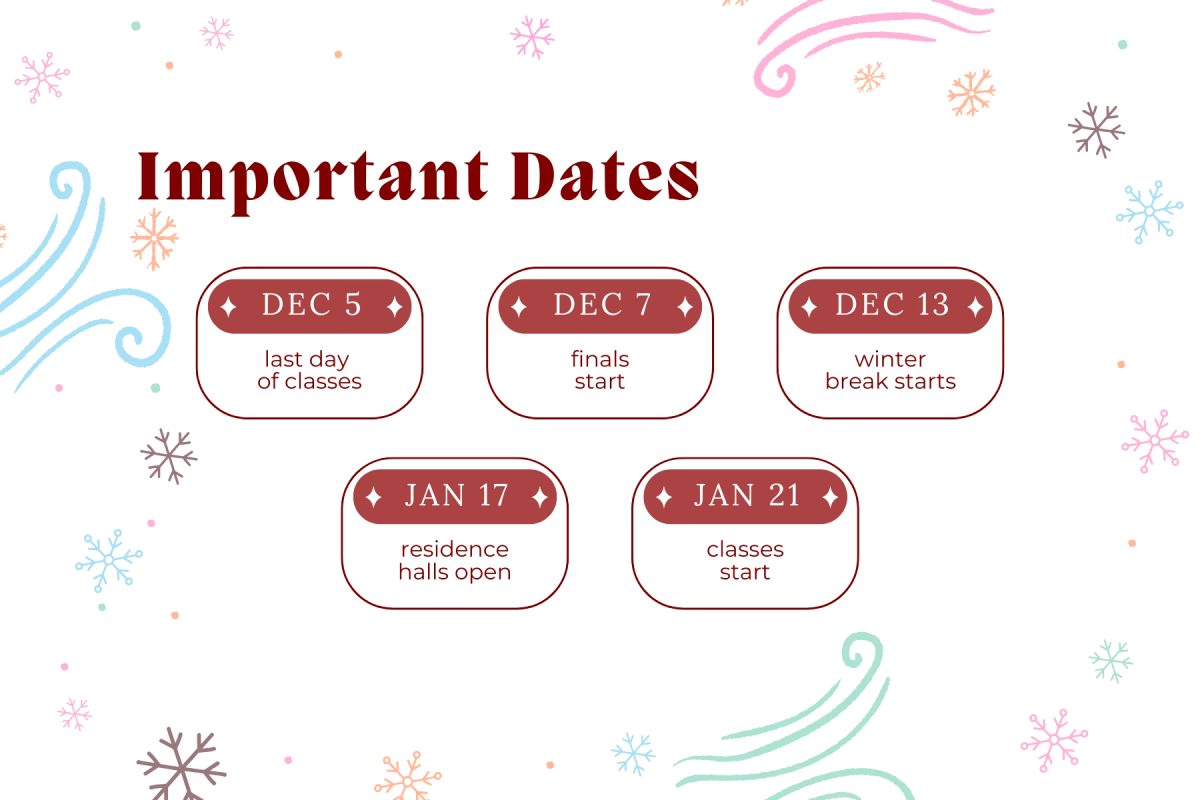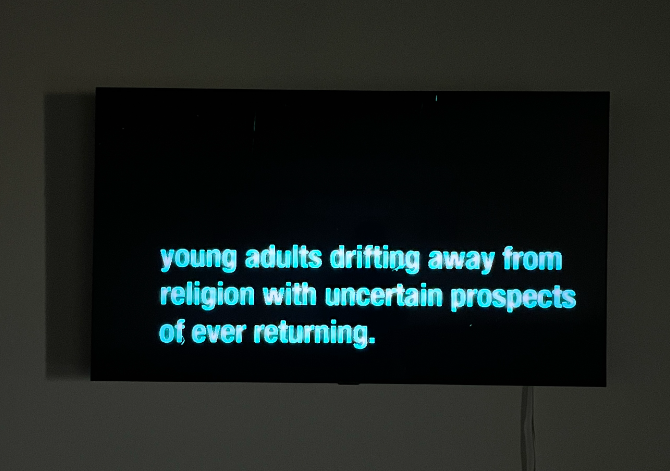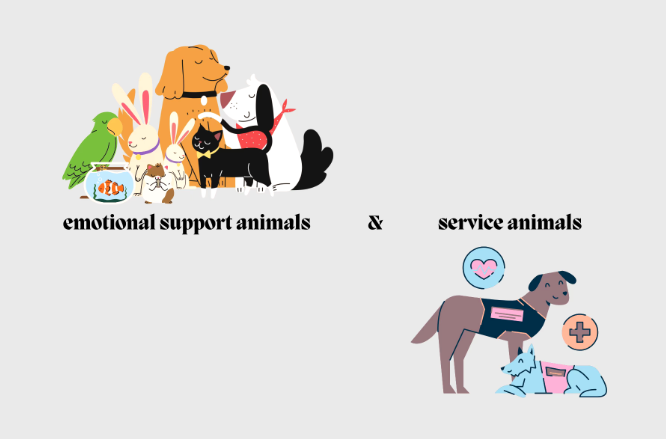What started out as an idea twelve years ago for an academic journal has become a globally recognized publication.
“We have people from Korea and people from all over the world published in our journal, right here at WT.” Dr. Gwendolyn Williams, associate professor of Education and editor of The Journal of Multiculturalism in Education, said.
It is an original publication from the Education department at WTAMU. It collects the multiculturalism research of students and professors all around the world and explores how different cultures impact education.
“We wanted to provide an outlet where people could talk about the studies they have done and broaden their readership so people could learn more about multiculturalism in education,” Williams said.According to Dr. Angela Spaulding, dean of Graduate School and Research, the journal brings WT a sense of pride and leadership in research amongst other academic entities.
“For West Texas A&M University, it brings acknowledgment of our research culture and our desire to be a leader and promoter of multiculturalism in education,” Spaulding said.
Spaulding said the idea of multiculturalism in education doesn’t stop in the journal. It continues off the pages and helps unite different cultures found in day to day lives.
“Multiculturalism in education provides a mechanism for understanding and celebrating diversity, as well as decreasing divisions created by cultural misperceptions,” Spaulding said.
Multiculturalism not only affects education but every aspect of life, according to Williams.
“In some cultures, people with disabilities were stoned or put to death at birth,” Williams said. “In other cultures, people with disabilities are revered and honored. It has a big impact on every aspect of your life.”
According to Dr. Amy Andersen, department head of Education, studying multiculturalism means taking one more step toward recognition and acceptance in each other’s different cultural backgrounds.
“I thinks it’s important that we’re aware, and that we make our students who are planning to be teachers, very aware of culture and how that can affect their classroom when they’re a teacher,” Andersen said.
Despite its effect on day-to-day lives, the focus of multiculturalism begins in the classroom with students and teachers, Williams pointed out.
“I think focusing on multiculturalism education broadens our students’ perspective of the world,” Williams said. “It impacts those people who are going to go out and teach the future generations.”
The journal is set to come out four times a year, but because of the global scale in which it operates, so many submissions mean that the goal is not always reached.
“It hasn’t happened yet where we publish it four times a year, but that’s our goal,” Williams said. “As we continue to grow, I think we’ll be able to reach more people. Already we probably have more submissions then we can handle.”








